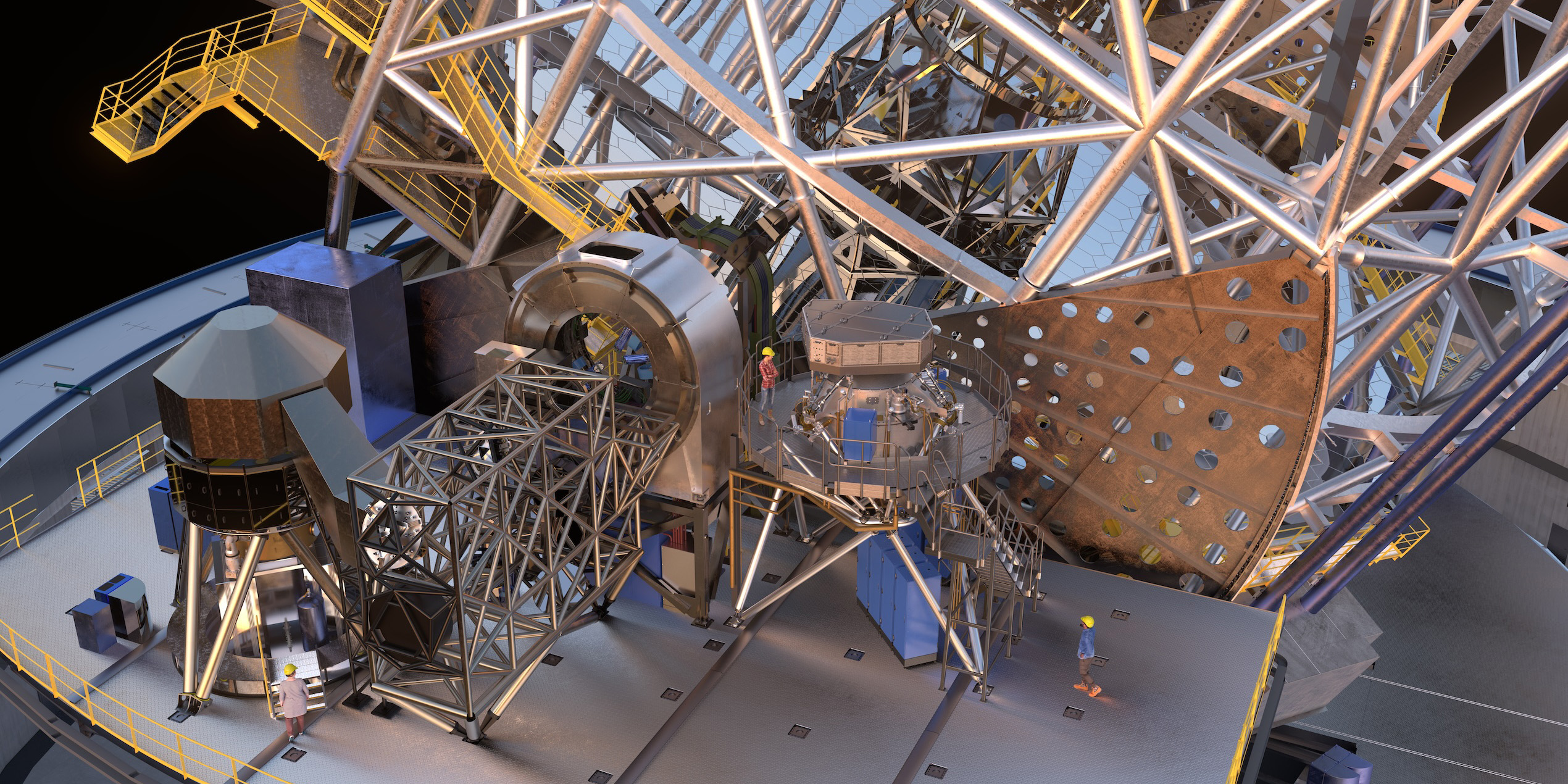Final design of ELT's METIS instrument completed
METIS is the first instrument of the Extremely Large Telescope to pass its final design review.

Last Tuesday, the external page European Southern Observatory (ESO) announced that the METIS instrument (which stands for Mid Infrared ELT Imager and Spectrograph) is the first of the instruments for the new Extremely Large Telescope (ELT) to pass its Final Design Review. Now the manufacturing of all instrument components can start! For an instrument with the size, complexity and advanced level of technology of METIS, the design process takes many years to complete. The Exoplanets and Habitability Group plays a key role in METIS: the design phase, which took place under the technical direction of Adrian Glauser and the scientific direction of Sascha Quanz, both from the Institute of Particle Physics and Astrophysics at ETH Zurich, began at the end of 2015. In 2020, METIS achieved its first design milestone with the Preliminary Design Review. The overall system design was finalised and reviewed in late 2022. The successful Final Design Review is the result of excellent international cooperation among involved scientists and engineers, coming from 11 research institutes across Europe, the USA and Taiwan and part of the external page METIS Consortium.
ETH is responsible for the delivery of a central component of METIS: this is the large cryostat that will allow the three tons of infrared-sensitive optics to be cooled down to temperatures below -200 degrees Celsius. The cryostat has been developed by Adrian Glauser, Emilie Bouzerand and Paul Prantl and other members of the physics department, including Marcel Baer from the Engineering Office. The assembling of the cryostat started this spring and is expected to be concluded by the end of this year.

METIS will operate at wavelengths between 3 and 13 µm and is the only instrument for the ELT that covers the mid-infrared spectral range. As a versatile instrument, METIS will feature powerful spectrographs and cameras and is expected to advance a wide range of astronomical research areas. These include protoplanetary discs and the formation of planets, the growth of supermassive black holes and star-forming galaxies in the early Universe. It is expected that METIS will make particularly impactful contributions to the characterisation of exoplanets, that is, planets that orbit stars other than our sun. With METIS it will be possible to carry out detailed investigations of their physical and chemical properties including their orbital parameters, temperature, luminosity as well as the composition and dynamics of their atmospheres. The characterisation of their atmospheres and temperature is key for understanding if some exoplanets potentially provide habitable conditions where life could exist.
Further information
external page ESO Press Release
Website of the external page Extremely Large Telescope
Webpage of the external page Mid Infrared ELT Imager and Spectrograph (METIS)